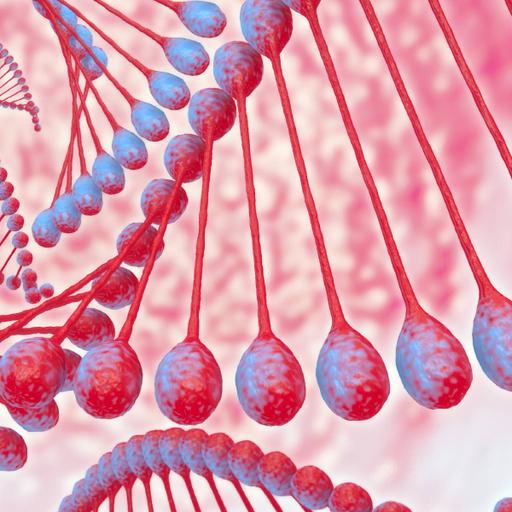Nucleic Acids
Presentations | English
Nucleic acids are long-chain polymeric molecules. Deoxyribonucleic acid (DNA) and ribonucleic acid (RNA) are two major types of nucleic acids. DNA and RNA are responsible for the inheritance and transmission of specific characteristics from one generation to the other. Chemically, DNA is composed of a pentose sugar, phosphoric acid and some cyclic bases containing nitrogen. The sugar moiety present in DNA molecules is β-D-2-deoxyribose. The cyclic bases that have nitrogen in them are adenine (A), guanine (G), cytosine(C) and thymine (T). These bases and their arrangement in the molecules of DNA play an important role in the storage of information from one generation to the next one. DNA has a double-strand helical structure in which the strands are complementary to each other. The RNA molecule is also composed of phosphoric acid, a pentose sugar and some cyclic bases containing nitrogen. RNA has β-D-ribose in it as the sugar moiety. The heterocyclic bases present in RNA are adenine (A), guanine (G), cytosine(C) and uracil (U). In RNA the fourth base is different from that of DNA. The RNA generally consists of a single strand.

23.00
Lumens
PPTX (92 Slides)
Nucleic Acids
Presentations | English
